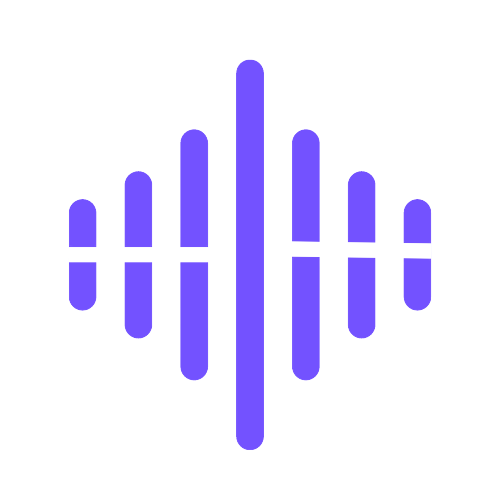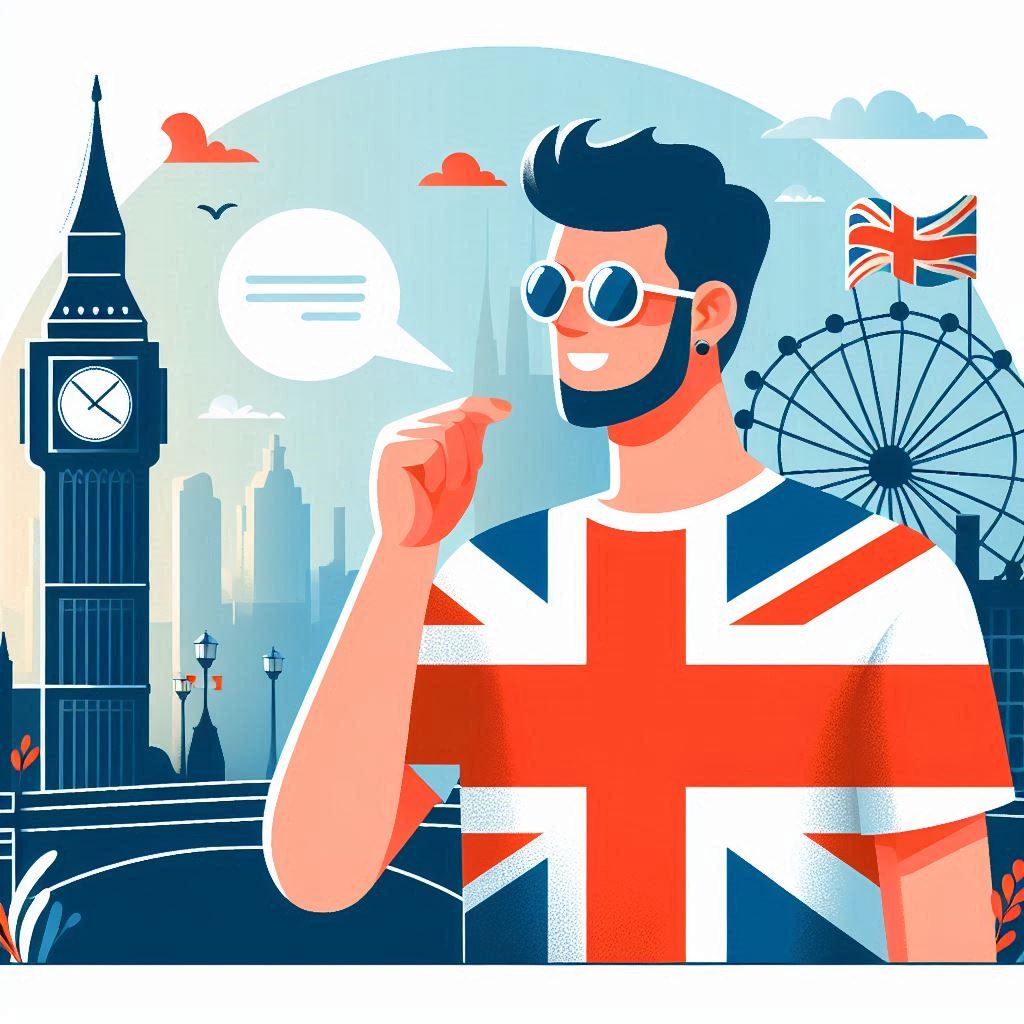
Voxify
British AI Voice Generator
Effortlessly set up and deliver immersive audio experiences, Voxify has over 450 voices available to fit any of your needs, and you can control everything about the narration - pitch, speed and emotion. Great for content creators, podcasters and educators who are looking to up their voiceover quality.

Davis
United States
British AI Voice Generator: Enhancing Text-to-Speech with Authentic UK Accents
Did you know that the United Kingdom has over 40 distinct accent regions, each with its unique sound patterns and characteristics?
Bella
United Kingdom
Ryan
United Kingdom
Sonia
United Kingdom
Ready to dive in?
Start creating with realistic voices.
The growing demand for authentic British voices has led to significant advances in British AI voice generator technology. These systems can now replicate various UK accents with remarkable accuracy, opening new possibilities for content creators and businesses worldwide.
We will explore how British text to speech technology captures the nuances of different regional accents, from Received Pronunciation to Cockney and Scottish dialects. Our comprehensive guide covers the technical aspects of British voice generators, their practical applications, and the future developments shaping this exciting field. Whether you're a content creator, educator, or technology enthusiast, you'll discover how British accent text to speech solutions can enhance your projects with authentic UK voices.
.png?alt=media&token=b61e4ce9-38e8-4594-a76f-e364f3c2f19b)
British English Accent Diversity
The British Isles present a fascinating landscape of linguistic diversity that poses unique challenges for our british ai voice generator technology. We find that the UK hosts more accents within its borders than the entire North American continent [1], making it a complex terrain for voice synthesis development.
Overview of Major UK Accents
Recent studies reveal that 62% of UK audio advertising features southern accents, while northern accents appear in only 19% of broadcasts [2]. We observe several prominent accent categories:
- Received Pronunciation (RP) - traditionally associated with education and broadcasting
- Regional variations (Cockney, Scouse, Geordie)
- Celtic influences (Scottish, Welsh, Northern Irish)
Cultural Significance of Regional Dialects
We recognize that British regional accents are deeply intertwined with identity and social influences [1]. These accents aren't merely different ways of speaking - they represent 1,500 years of linguistic evolution [1]. Our research shows that modern cultural shifts have led to increased celebration of regional accents, contrary to previous generations' attitudes.
Impact on Voice AI Development
In developing british text to speech systems, we face significant challenges in replicating authentic accents. The diversity of British accents creates a unique hurdle - AI models must understand not just pronunciation differences, but also complex phonological, phonetic, and prosodic characteristics [3]. We've observed that training data often shows bias toward certain accents, particularly affecting voice technology development [4].
The technical complexity increases when we consider that towns merely 10 miles apart can have distinctly identifiable accents [5]. This granular variation demands sophisticated approaches in our british voice generator development, requiring extensive training data and advanced phonological modeling to capture the subtle nuances that make each accent authentic.
.png?alt=media&token=a45f86ad-6d2a-41cf-8535-7f71e64cb71c)
Voice Characteristics Analysis
We have conducted extensive analysis of voice characteristics across British accents to enhance our british ai voice generator capabilities. Our research reveals fascinating patterns in how these accents differ acoustically and phonetically.
Phonological Features of British Accents
In our acoustic analysis, we've identified that formant frequencies, pitch slope, intensity, and phone duration all show significant variations between accents [6]. Key distinguishing features include:
- Vowel length variations (Australian vowels are 27% longer than British) [7]
- Distinctive formant patterns (F2 being most sensitive to accent identity) [7]
- Consonant variations (particularly in rhoticity and glottal stops)
Intonation Patterns
We've discovered that British speakers demonstrate the largest pitch frequency range among English variants [7]. Our analysis shows that intonation serves multiple functions:
- Highlighting topics and expressing contrast
- Signaling utterance types (questions vs. statements)
- Marking syntactic boundaries
In Southern British English, we find that statements typically show falling intonation in 94% of cases, while questions display more variety [8].
Speech Rhythm and Timing
Through our research with the british text to speech systems, we've observed that speaking rates vary significantly across regions. British English speakers maintain a 23% faster speaking rate compared to Australian English [7]. The rhythm patterns show distinctive characteristics:
Speaking rate differences are particularly noticeable in vowel durations, with British speakers using shorter vowels at sentence beginnings and endings compared to American speakers [7]. We've found that these timing patterns are crucial for our british voice generator to produce authentic-sounding speech.
Our analysis reveals that intensity has the strongest effect in differentiating between accents, followed by formant frequencies and vowel duration [6]. These findings directly inform how we develop our british accent text to speech technology to capture the nuances of different regional variations.
.png?alt=media&token=a92ef2b1-9645-4880-b951-0edaff586803)
Application Scenarios
Our british ai voice generator technology has found remarkable applications across various industries, each leveraging the authentic British accents in unique ways. Let's explore how different sectors are utilizing this technology.
Entertainment and Media Production
We've observed significant adoption in entertainment, where our british voice generator enables creators to produce high-quality content efficiently. Content creators save between $50-$100 per 100 words compared to traditional voice actors [9]. Key applications include:
- Film dubbing and localization
- Gaming character voices
- Podcast and audiobook narration
- Commercial voiceovers
- Animation productions
Educational Technology
In the education sector, we're seeing our british text to speech technology enhance learning experiences significantly. The technology has proven particularly valuable for students with dyslexia and visual impairments [10]. We've found that incorporating British accents in educational content helps improve listening comprehension and pronunciation skills, especially in language learning applications.
Corporate Communications
We've witnessed a significant shift in how businesses utilize our british accent text to speech solutions. Companies report saving up to 10 hours per week in communication tasks [11]. Our technology assists in creating consistent brand messaging across multiple channels, from marketing content to internal communications.
The corporate sector particularly values our british ai voice for its ability to maintain message consistency while reaching global audiences. We've found that British accents receive the highest likeability score in professional communications [10], making them particularly effective for corporate training materials and customer service applications.
.png?alt=media&token=c50b3dee-aa1c-4275-aebb-96eb0a646edd)
Future Development Trends
Looking ahead, we see remarkable advancements in our british ai voice generator technology that will shape how we interact with digital content. The latest developments in AI voice synthesis are opening new possibilities we couldn't imagine just a few years ago.
Emerging AI Voice Technologies
We're witnessing significant progress in real-time voice processing, with response times now reaching an impressive 200 milliseconds [12]. Our research shows that these advances are making conversations with AI voices feel more natural and fluid. The technology now includes:
- Emotional voice generation
- Real-time accent adaptation
- Multi-dialect processing
- Natural language understanding
Integration with Mixed Reality
We're particularly excited about integrating our british voice generator with mixed reality platforms. The combination of AI and simulation has led to notable improvements in virtual and mixed reality experiences [13]. We anticipate that smart glasses will become the next major computing platform, potentially reaching over a billion users worldwide [13].
Personalization Capabilities
In our development of british text to speech systems, we're focusing heavily on personalization. Our latest models show significant improvements in voice customization and accent accuracy. We've observed that modern british accent text to speech systems can now handle complex language features with unprecedented realism [14].
We're also addressing the challenge of linguistic diversity in AI, as current systems are trained on only about 100 of the world's 7,000+ languages [15]. Through our british ai voice technology, we're working to expand language support while maintaining the authenticity of regional accents. The integration of real-time APIs allows for extremely low-latency communication [12], enabling natural conversations across different accent variations.
What excites us most is the potential for these technologies to break down communication barriers. We're seeing promising results in creating targeted content that resonates with specific regional audiences [16], while maintaining consistent voice quality across different applications.
.png?alt=media&token=0ae32acf-52a3-4126-808e-24c9cc4e910e)
Conclusion
British AI voice generation technology has made remarkable progress in capturing the rich tapestry of UK accents. We’ve explored how these systems master the complex phonological features, intonation patterns, and speech rhythms that make British accents unique.
Our research demonstrates the technology’s versatility across entertainment, education, and corporate sectors. Companies save significant time and resources while maintaining authentic British voice quality in their content. The ability to replicate regional accents with precision opens new possibilities for personalized communication.
The future of British AI voice technology promises even more exciting developments. Real-time processing, mixed reality integration, and enhanced personalization capabilities will transform how we interact with digital content. Start now with our British AI voice generator to create authentic UK-accented content for your specific needs.
We believe British AI voice technology represents more than just technical achievement - it preserves and celebrates the linguistic heritage of the UK while pushing the boundaries of what’s possible in voice synthesis. Through continued development and refinement, these systems will play an increasingly vital role in global communication, education, and entertainment.
FAQs
Q1. What are the key features of British AI voice generators? British AI voice generators can replicate various UK accents with high accuracy, including Received Pronunciation, regional dialects, and Celtic influences. They analyze phonological features, intonation patterns, and speech rhythms to create authentic-sounding British voices.
Q2. How are British AI voice generators used in different industries? These generators are widely used in entertainment for dubbing and voiceovers, in education to enhance learning experiences, and in corporate communications for consistent brand messaging. They offer cost-effective solutions for creating high-quality content with authentic British accents.
Q3. Can AI voice generators accurately reproduce different British regional accents? Yes, advanced AI voice generators can reproduce a wide range of British regional accents. They use sophisticated phonological modeling and extensive training data to capture the subtle nuances that distinguish accents from towns as close as 10 miles apart.
Q4. How does the speaking rate of British English compare to other English variants? Research shows that British English speakers maintain a 23% faster speaking rate compared to Australian English speakers. This difference is particularly noticeable in vowel durations, with British speakers using shorter vowels at the beginning and end of sentences.
Q5. What future developments can we expect in British AI voice technology? Future developments include real-time voice processing with faster response times, integration with mixed reality platforms, and enhanced personalization capabilities. We can also expect improvements in emotional voice generation, accent adaptation, and support for a wider range of languages and dialects.
References
- [1] -https://www.countrylife.co.uk/out-and-about/incredible-story-britains-hundreds-regional-accents-theyll-last-forever-177598
- [2] -https://www.marketingweek.com/regional-accents-biased-audio-advertising/
- [3] -https://app.lipsynthesis.com/news/check-the-british-accent-generated-via-ai-is-it-good
- [4] -https://www.techtarget.com/whatis/feature/How-AI-speech-recognition-shows-bias-toward-different-accents
- [5] -https://en.wikipedia.org/wiki/Regional_accents_of_English
- [6] -https://link.springer.com/article/10.1007/s10772-011-9123-3
- [7] -https://www.researchgate.net/publication/4084655_Analysis_of_acoustic_correlates_of_British_Australian_and_American_accents
- [8] -http://www.phon.ox.ac.uk/files/people/grabe/Grabe_et_al.pdf
- [9] -https://www.synthesia.io/features/ai-voice-generator/british-english
- [10] -https://hourone.ai/blog/top-8-text-to-speech-british-accent-tools/
- [11] -https://firstup.io/blog/leveraging-generative-ai-in-corporate-communications-overcoming-challenges-and-maximizing-benefits/
- [12] -https://www.ibm.com/blog/ai-voice-surge/
- [13] -https://www.linkedin.com/pulse/future-ai-mixed-reality-insights-from-meta-nvidias-ak-mishra-pitff
- [14] -https://www.forbes.com/councils/forbesagencycouncil/2024/06/26/3-key-applications-of-ai-voice-generation-technology/
- [15] -https://www.weforum.org/stories/2024/09/ai-linguistic-diversity-gap-missed-opportunity/
- [16] -https://elevenlabs.io/blog/uk-accent-text-to-speech